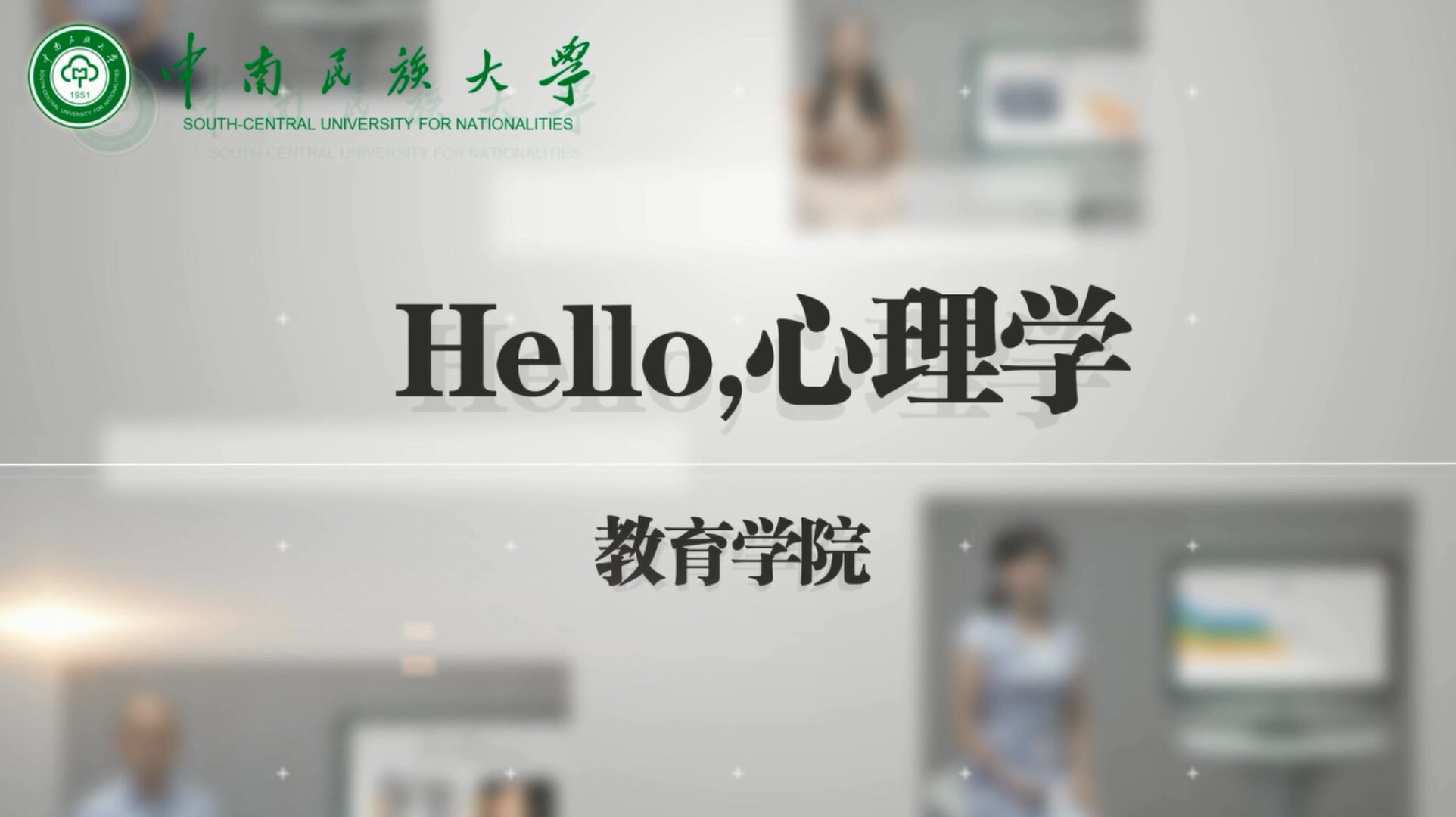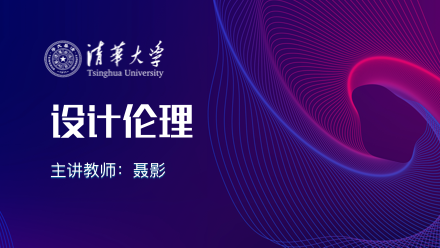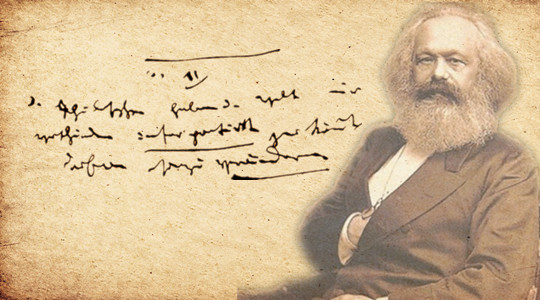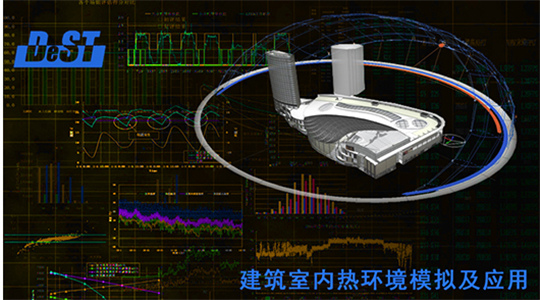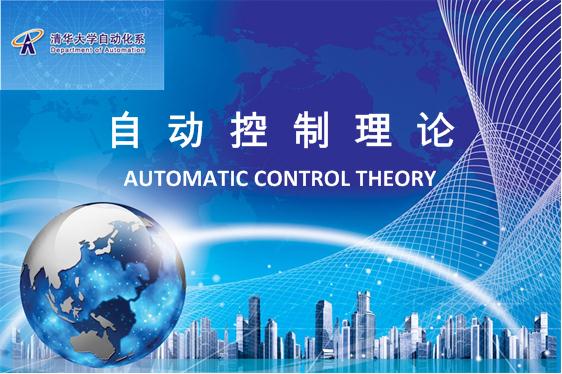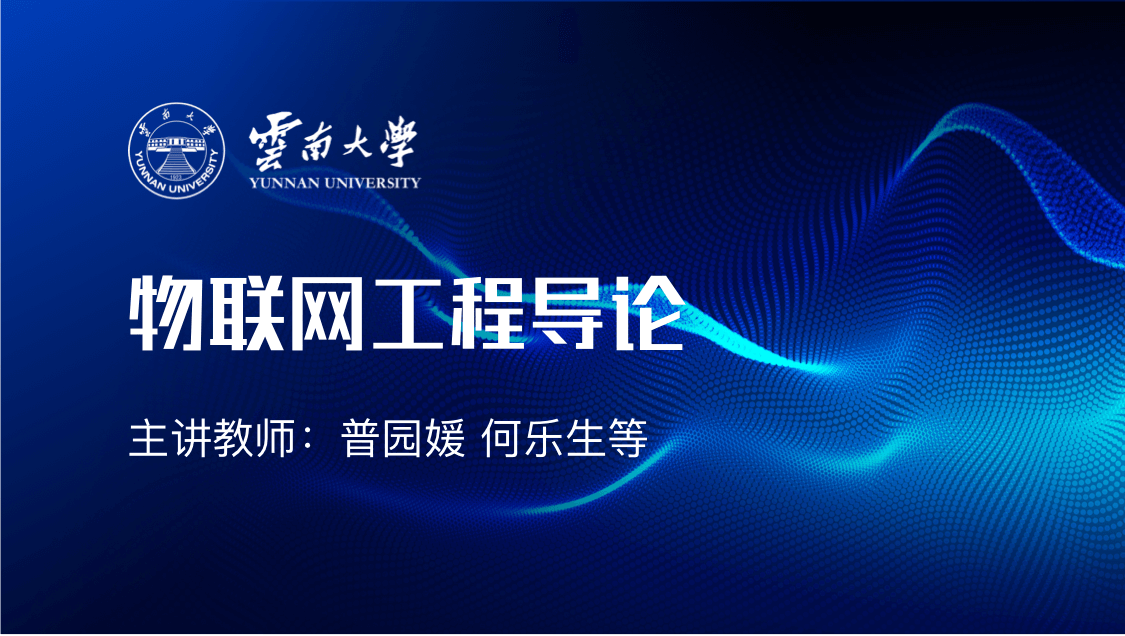
当前课程知识点:Overview of China > 第三章 理解中国 Understanding China > 3.2 中国科技 China‘s Science and Technology > 3.2.5 国防与民生科技 National defense and people's Livelihood Science and technology
返回《Overview of China》慕课在线视频课程列表
朋友 您好 欢迎您 走进中国
Hello! Welcome to the Overview of China
了解更多关于中国的知识
and know more about China.
今天我们继续学习中国的现代科技
Today we are going to continue to learn about modern science and technology in China.
首先我们来学习
First of all, let's learn
两弹一星
Two Bombs and One Satellite
两弹一星 是指原子弹 导弹和人造卫星
"Two Bombs and One Satellite" refers to atomic bombs, missiles and satellites.
新中国成立后
After the founding of the new China,
面对严峻的国际形势
facing the severe international situation,
为了保卫国家和世界的和平与安全
In order to safeguard the peace and security of the country and the world,
中国于20世纪50年代中期
in the mid-1950s, China
制定了独立自主研制 两弹一星 的战略决策
formulated the strategic decision of developing "Two Bombs and One Satellite" independently.
在艰苦的环境里 经过科学家们的不懈努力
In a difficult environment, after the unremitting efforts of scientists
在短时间里取得了辉煌的成就
a brilliant achievement in a short time.
1960年11月5日 中国仿制的第一枚导弹发射成功
On November 5, 1960, China successfully launched its first imitated missile.
1964年10月16日中国第一颗原子弹爆炸成功
On October 16, 1964, China's first atomic bomb exploded successfully,
使中国成为第五个拥有原子弹的国家
making China the fifth country to have the atomic bomb.
1967年6月17日中国第一颗氢弹空爆试验成功
On June 17, 1967, China successfully detonated its first hydrogen bomb.
1970年4月24日中国第一颗人造卫星发射成功
On April 24, 1970, China successfully launched its first man-made satellite,
使中国成为第五个发射人造卫星的国家
making China the fifth country to launch a man-made satellite.
作为负责任的大国
As a responsible big country,
中国研制核武器的目的是为了最终消灭核武器
China's development of nuclear weapons is aimed at the ultimate elimination of nuclear weapons.
中国的核政策是 坚定承诺永远不首先使用核武器
China's nuclear policy is a firm commitment never to be the first to use nuclear weapons.
中国不会对无核国家和地区进行威胁或者使用核武器
China will not threaten or use nuclear weapons against non-nuclear-weapon states or regions.
接下来我们来学习
Next we will learn
人工合成牛胰岛素和籼型杂交水稻
the artificial synthesis of bovine insulin and indica hybrid rice.
1965年9月 中国科技人员首次人工合成了结晶牛胰岛素
In September 1965, Chinese researchers synthesized crystalline bovine insulin for the first time.
它的结构 生物活力 物理 化学性质结晶形状
Its structure, biological activity, physical and chemical properties crystal shape,
都和天然的牛胰岛素完全一样
both are exactly the same as natural bovine insulin.
这是世界上第一个人工合成的蛋白质
This is the first synthetic protein in the world.
为人类认识生命 揭开生命的奥秘迈出了可喜的一大步
It has taken a gratifying step for mankind to understand life and uncover the mysteries of life.
1973年 袁隆平成功培育了籼型杂交水稻
In 1973, Yuan Longping successfully cultivated indica hybrid rice.
这种水稻具有产量高 适应性好的优势
This kind of rice has the advantages of high yield and good adaptability,
得以广泛推广
so it is widely popularized.
不仅解决了中国人的温饱问题
It not only solves the problem of food and clothing for the Chinese people,
也为解决世界粮食危机做出了贡献
but also contributes to the solution of the world food crisis.
袁隆平被誉为 杂交水稻之父
Yuan Longping is known as "the Father of Hybrid Rice"
好 我们先学习到这里 谢谢
OK, let's learn here. Thank you.
-1.1 初识中国 First acquaintance of China
--1.1 初识中国 First acquaintance of China
-1.2 人文中国 Humanistic China
-1.3 美丽中国 Beautiful China
-1.4 绿色中国 Green China
-1.5 民俗中国 Folklore China
-小测验 Quiz
-2.1 畅行中国 Unimpeded China
--2.1.1 中国交通方式 China's mode of transportation
--2.1.2 中国著名人文景观 Famous cultural landscape in China
--2.1.3 中国著名自然景观 Famous natural landscape in China
-2.2 乐居中国 Happy living in China
--2.2.1 中国传统官式建筑 Traditional Chinese official architecture
--2.2.2 中国传统民居 Traditional Chinese houses
--2.2.3 中国现代城镇的发展 The development of modern towns in China
-2.3 食在中国 Eating in China
-2.4 穿在中国 Wear in China
-2.5 医在中国 Medicine in China
-小测验 Quiz
-3.1 中国历史 Chinese History
--3.1.1.走向大一统的中华文明 Towards the unification of Chinese civilization
--3.1.2 多民族融合的封建帝国 A multi-ethnic feudal empire
--3.1.3 日新月异的和平中国 Peaceful China changing with each passing day
--小测验 Quiz
-3.2 中国科技 China‘s Science and Technology
--3.2.1 中国古代四大发明 Four great inventions in ancient China
--3.2.2 中国古代数学和天文学 Ancient Chinese mathematical astronomy
--3.2.3 古代青铜器和农业科技 Ancient bronzes and agricultural technology
--3.2.4 中国新四大发明 Four new inventions in China
--3.2.5 国防与民生科技 National defense and people's Livelihood Science and technology
--3.2.6 中国航空航天 China Aerospace
--小测验Quiz
-3.3 中国经济 China's Economy
--3.3.1 中国古代农业和手工业 Ancient Chinese agriculture and handicraft industry
--3.3.2 中国古代商业 Ancient Chinese Commerce
--3.3.3 中国现代经济政策和体制 China's modern economic policy and system
--3.3.4 中国经济发展的成就 Achievements in China's economic development
--3.3.5 中国经济发展的新趋势 The new trend of China's economic development
--小测验Quiz
-3.4 中国教育 Education in China
--3.4.1 古代哲学和教育思想 Ancient philosophy and educational thought
--3.4.2 古代学校教育 Ancient school education
--3.4.3 科举制度 Imperial examination system
--3.4.4 扫盲运动与高考 Literacy campaign and college entrance examination
--3.4.5 中国现代教育体系 China's modern education system
--3.4.6 国际教育交流与合作 International educational exchange and cooperation
--小测验Quiz
-4.1 文学欣赏 Literary Appreciation
--4.1.1 《诗经》和《离骚》Book of Songs and Li Sao
--4.1.2 诸子散文 Philosophical Prose
--4.1.3 唐诗宋词 Chinese Tangsong Poetics
--4.1.4 四大名著 Four Masterpieces
--4.1.5 中国现代文学 Modern Chinese Literature
--4.1.6 中国当代文学 Contemporary Chinese Literature
--小测验 Quiz
-4.2 音乐欣赏 Music Appreciation
--4.2.1 中国传统音乐与乐器 Traditional Chinese Music and Musical Instruments
--4.2.2 中国古典十大名曲 Ten Famous Classical Chinese Songs
--4.2.3 五彩缤纷的现代音乐 Colorful Modern Music
--小测验 Quiz
-4.3 戏曲欣赏 Opera Appreciation
--4.3.2 豫剧和其他地方戏 Henan Opera and Other Local Operas
--4.3.3 皮影戏和样板戏 Shadow Play and Model Play
--小测验 Quiz
-4.4 书画欣赏 Appreciation of Painting and Calligraphy
--4.4.1 文房四宝及书体 Four Treasures of Study and Calligraphy Style
--4.4.2 书法艺术习成及名家名作 Calligraphy and Masterpieces
--4.4.3 中国画的工具及分类 Tools and Classification of Chinese Painting
--4.4.4 中国绘画名家名作 Famous Works of Chinese Painters
--4.4.5 中国书画艺术思想 The artistic Thought of Chinese Painting and Calligraphy
--小测验 Quiz
-4.5 影视欣赏 Film Appreciation
--4.5.3 20世纪90年代至今中国电影欣赏 Chinese film appreciation since 1990s
--小测验 Quiz
-4.6 武术欣赏 Chinese Martial Arts Appreciation
--4.6.1 中国武术的源流与发展 The Origin and Development of Chinese Martial Arts
--4.6.2 中国武术流派 Chinese Martial Arts schools
--4.6.3 十八般武器 18 Weapons of Martial Arts
--4.6.4 中国武术文化欣赏 Appreciation of Chinese Martial Arts Culture
--小测验 Quiz
-5.1 源远流长的古代中外交流 Ancient exchanges between China and foreign countries
--5.1源远流长的古代中外交流 Ancient exchanges between China and foreign countries
-5.2 丰富多彩的现代中外交流 Rich and colorful modern exchanges between China and foreign countries
--5.2 丰富多彩的现代中外交流 Rich and colorful modern exchanges between China and foreign countries
-小测验 Quiz
-期末考试 Final Examination
--期末考试 Final Examination
